Description
Its hardness is 6½ and its specific gravity is 2.9. It was first described by August Breithaupt in 1846 for occurrences on the island of Elba, Italy, and named after Pollux, a figure from Greek mythology, the brother of Castor, for its common association with “castorite” (petalite). The name was later changed to the current pollucite.
While this Pollucite not only would make for an awesome Cesium (Caesium) sample as it’s found naturally, but it’s also one of the only natural representations for Rubidium, with as much as 1% contained within… as well as roughly 1% Hydrogen, 1% Sodium, 8% Aluminum, and the majority of the rest is comprised of Silicon and Oxygen. It’s mined not only as a major Cesium ore, but as a source for Rubidium, Iron, Calcium and Aluminum.
It’s in the Zeolite group, and it typically occurs in lithium-rich granite pegmatites and in association with quartz, spodumene, petalite, amblygonite, lepidolite, elbaite, cassiterite, columbite, apatite, eucryptite, muscovite, albite and microcline.
About 82% of the world’s known reserves of pollucite, according to Wikipedia, occur near Bernic Lake in Manitoba, Canada, but there’s around 176 known localities worldwide on most continents. The only known location where this has been found in Colorado so far is at the Brown Derby Mine, near Gunnison, but keep an eye out for this important rock near you wherever you are!

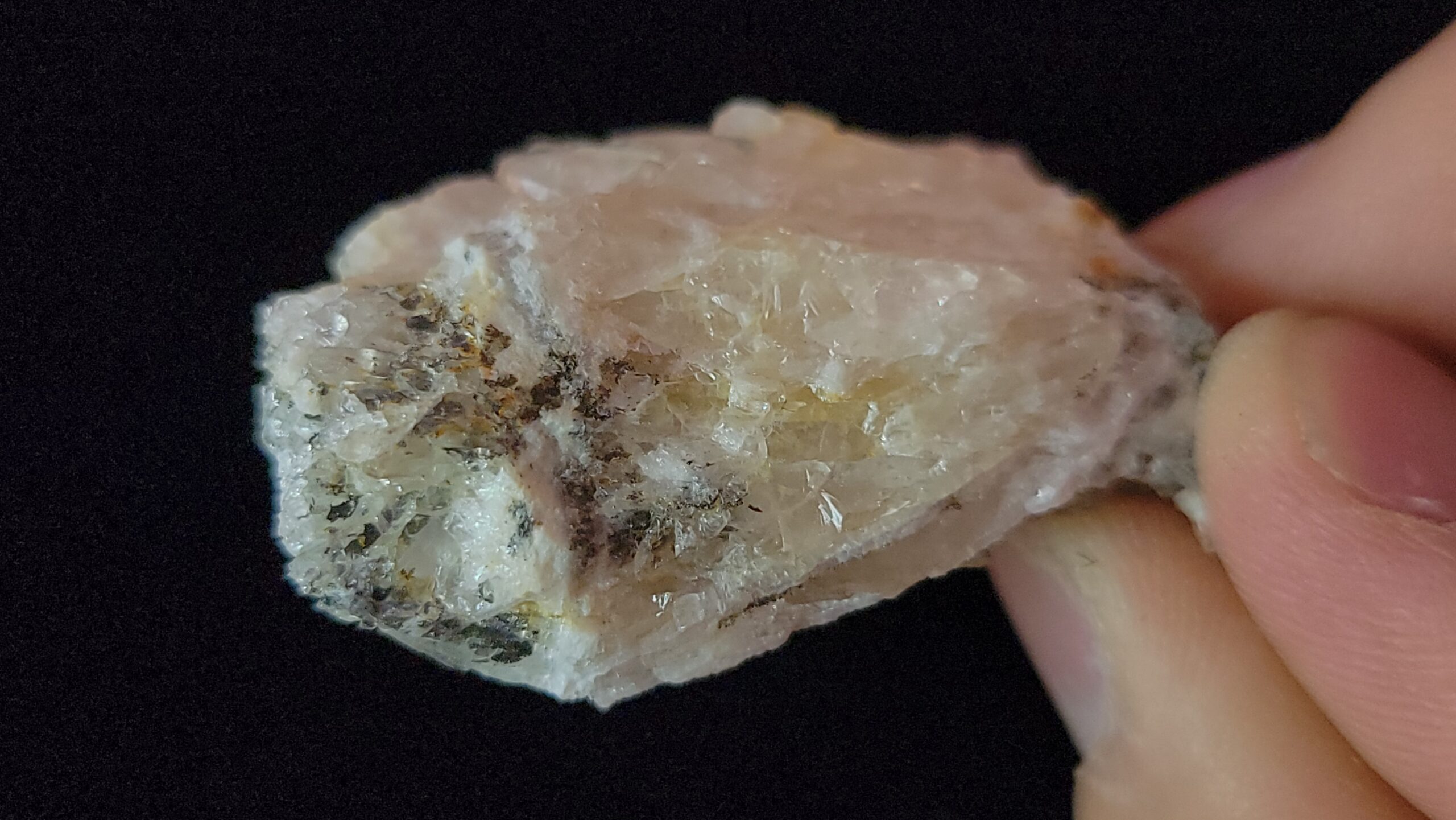
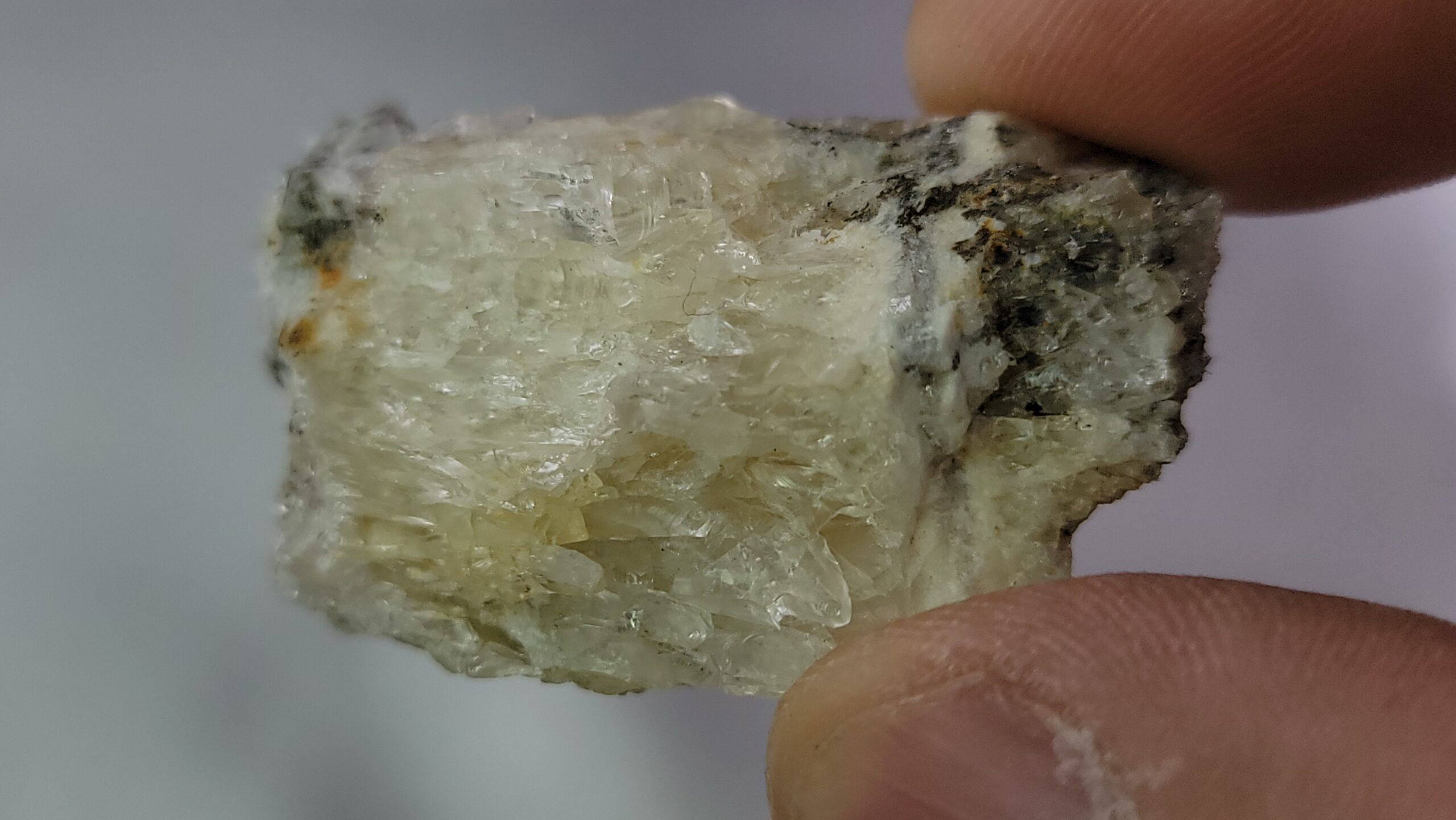
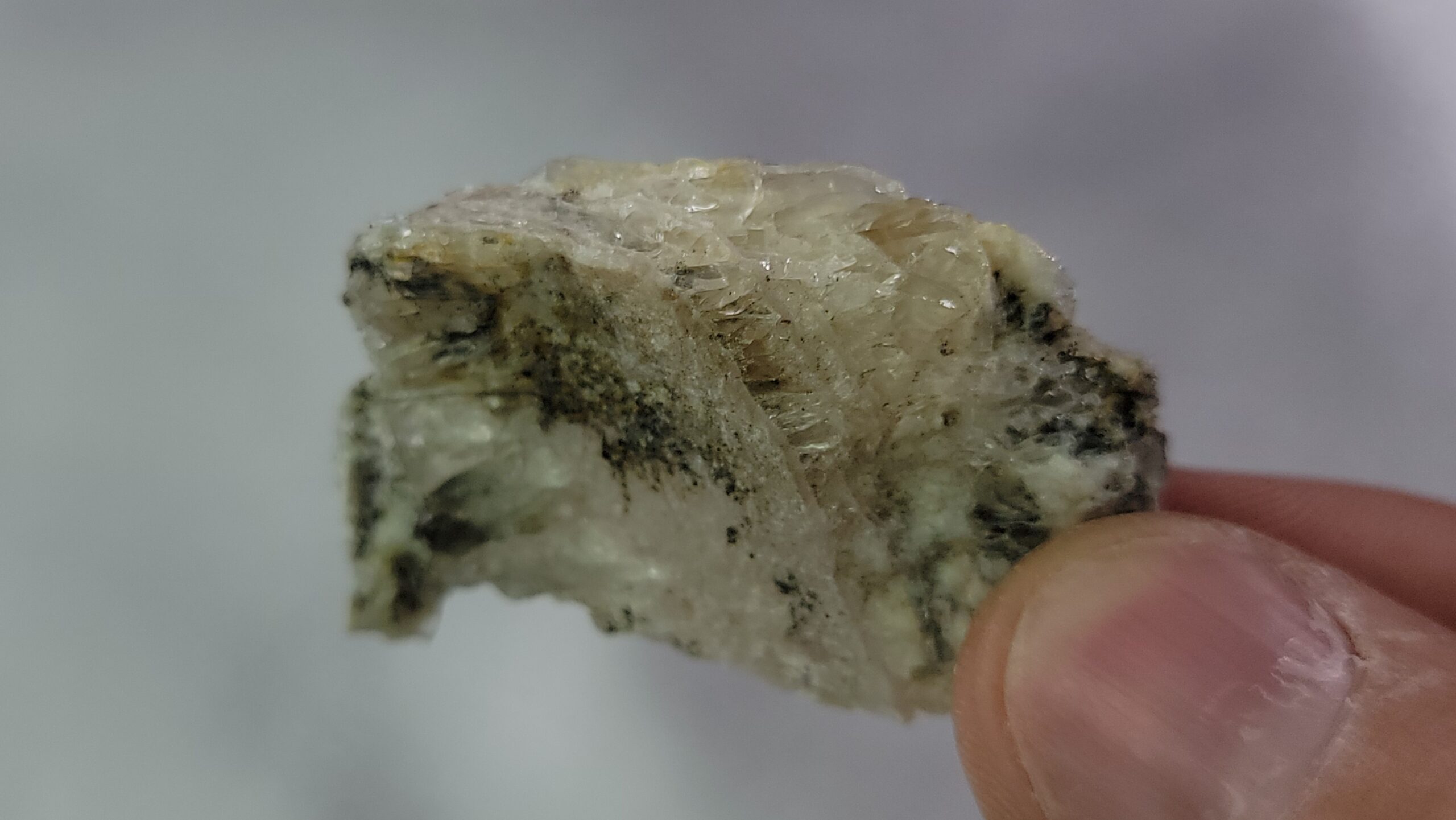

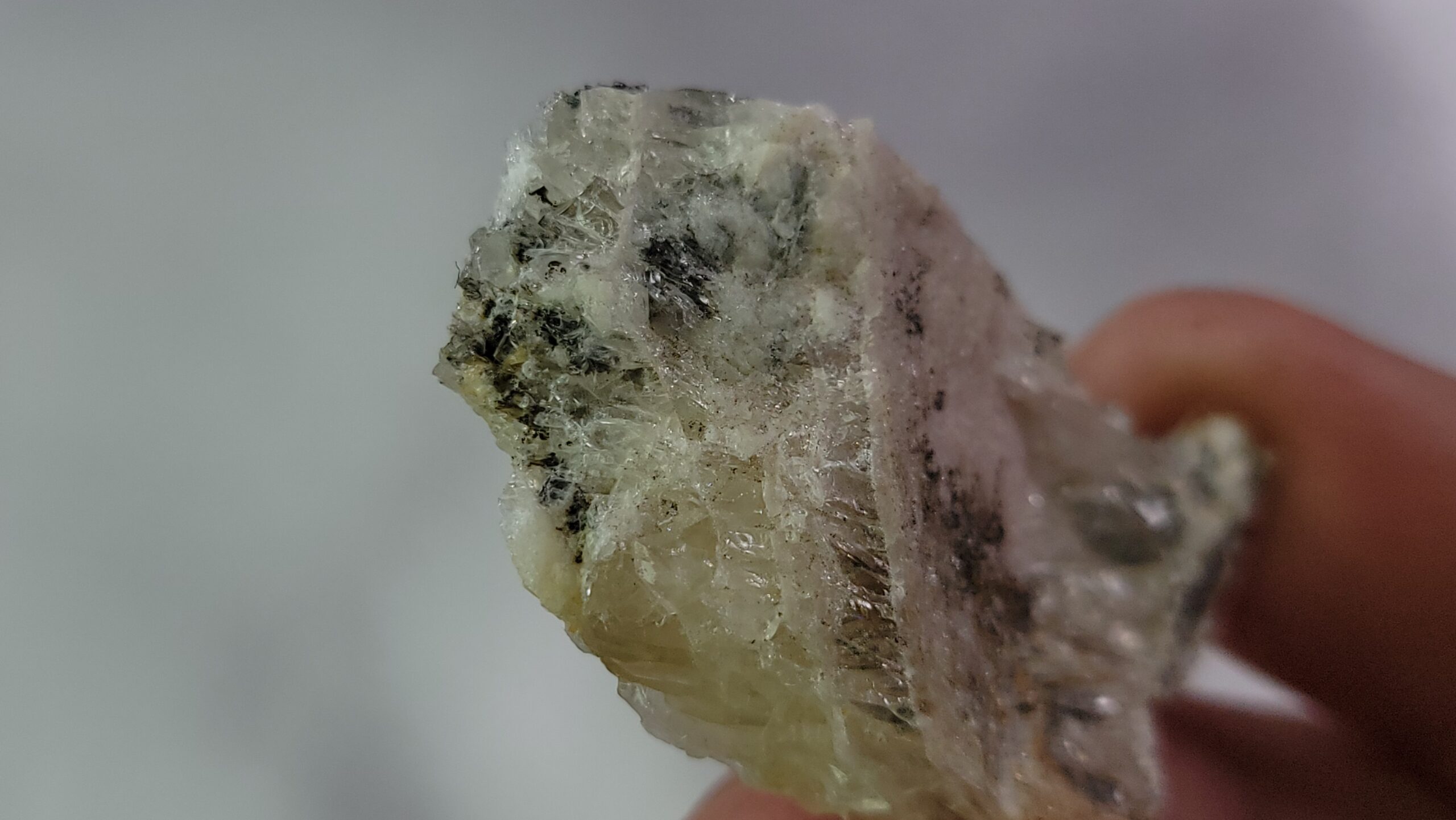

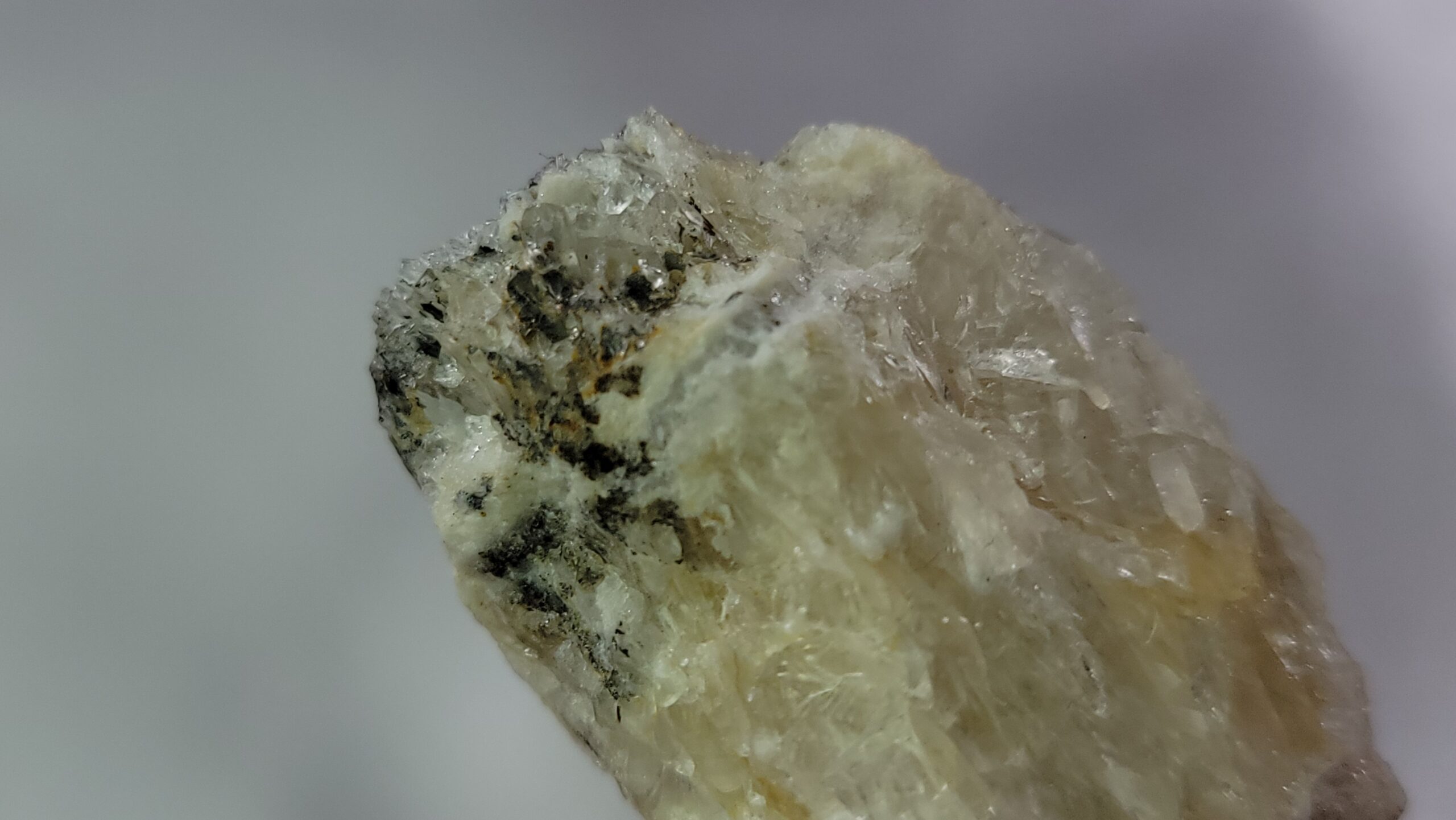
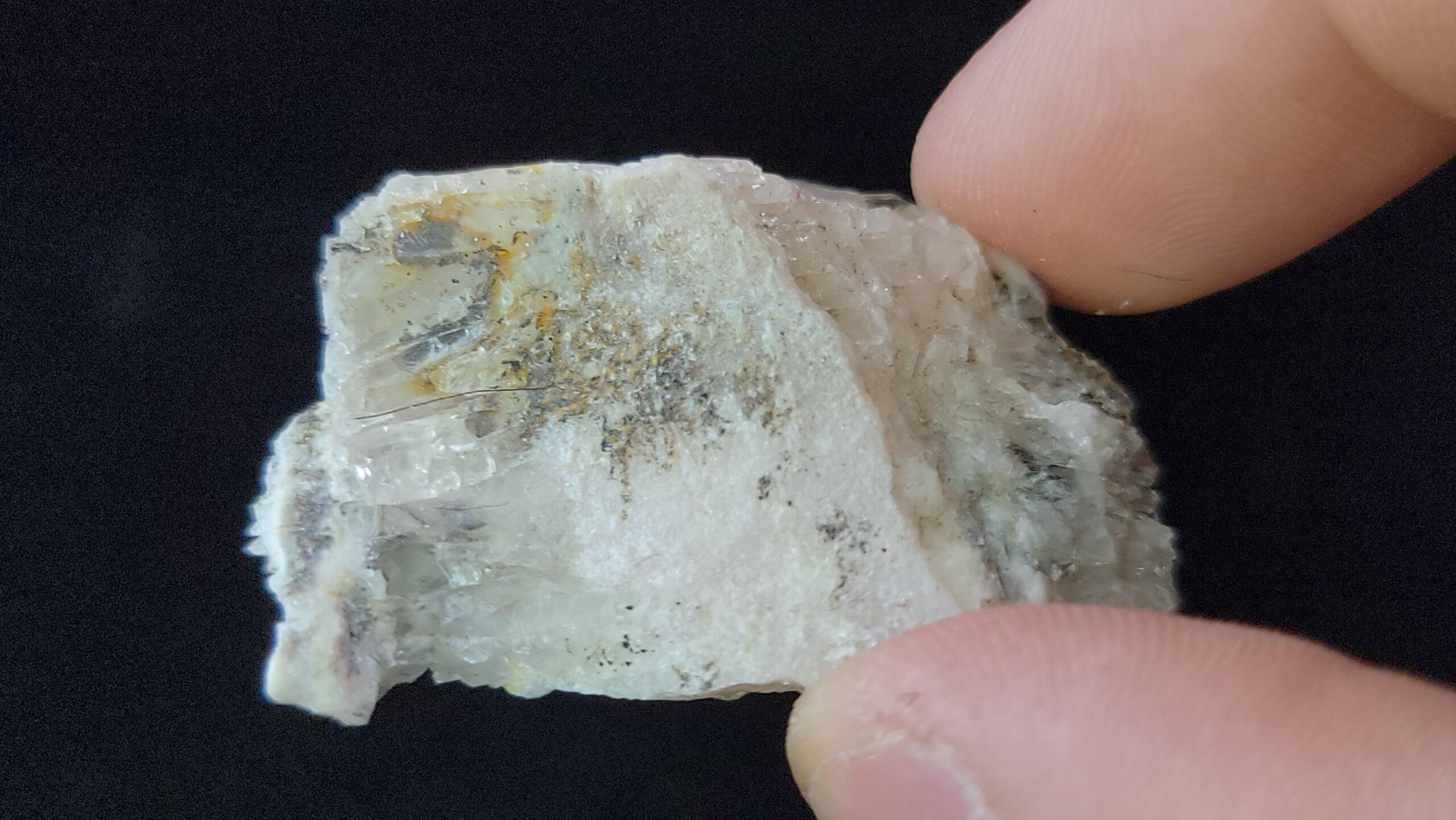
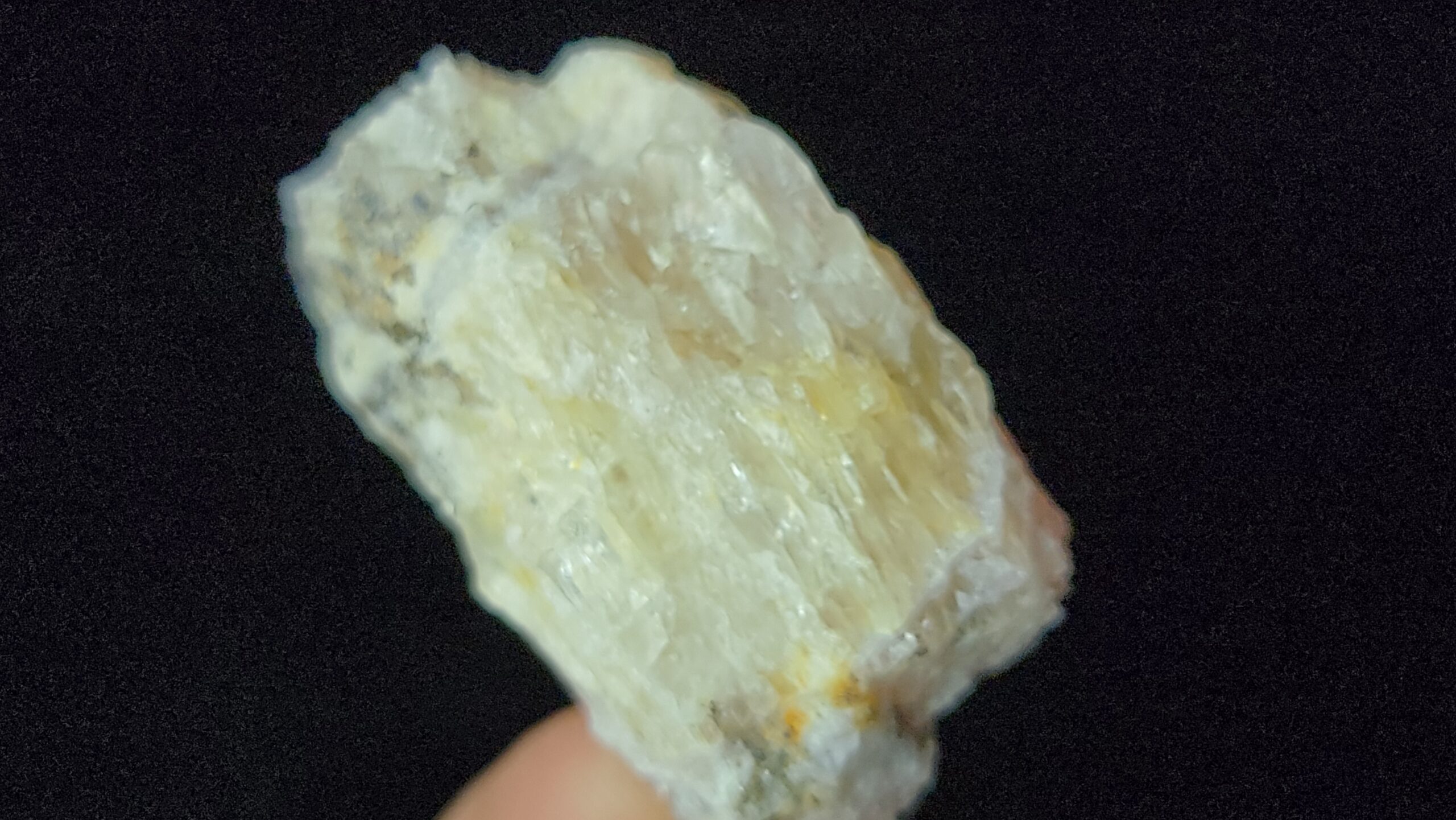

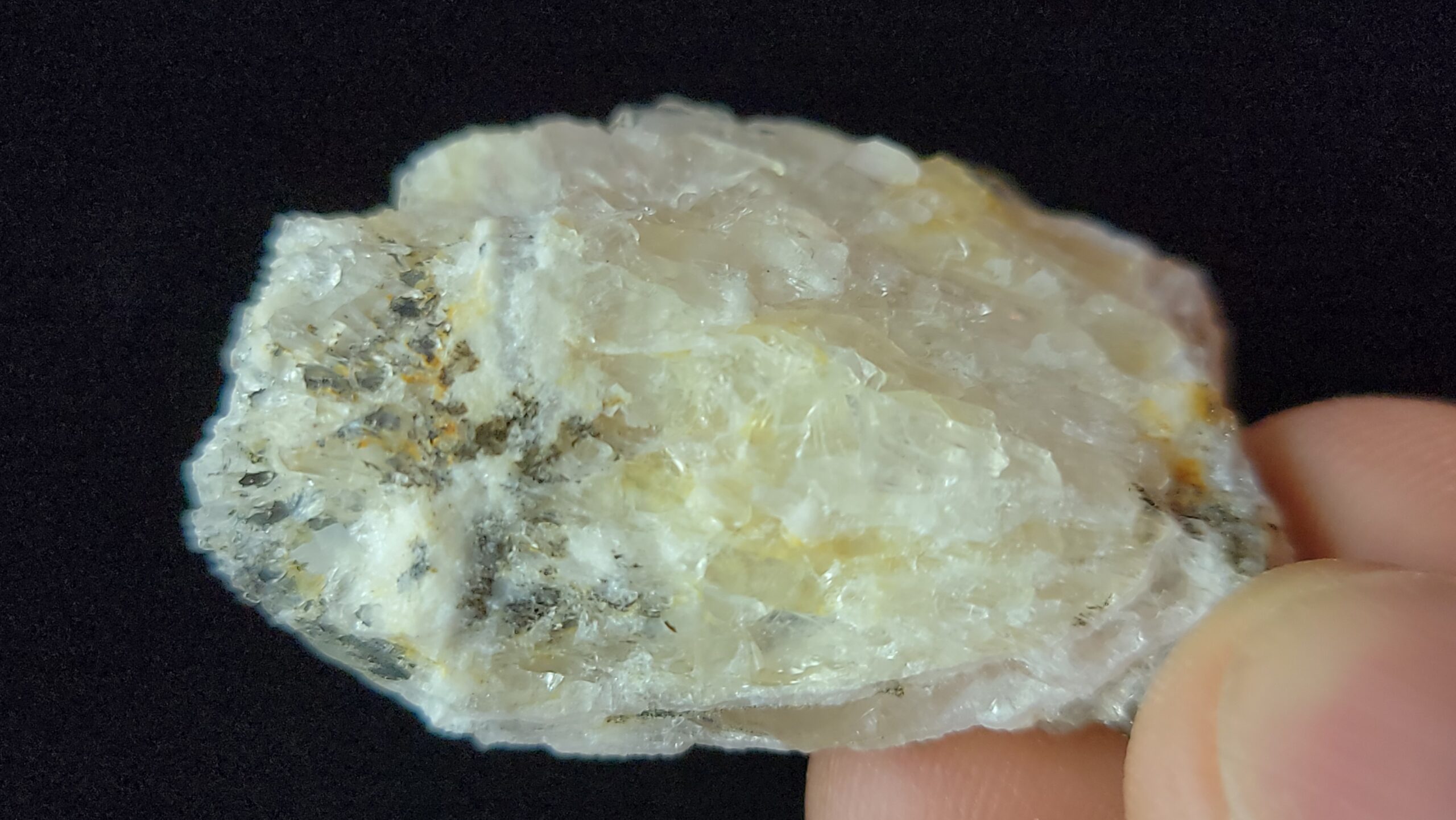

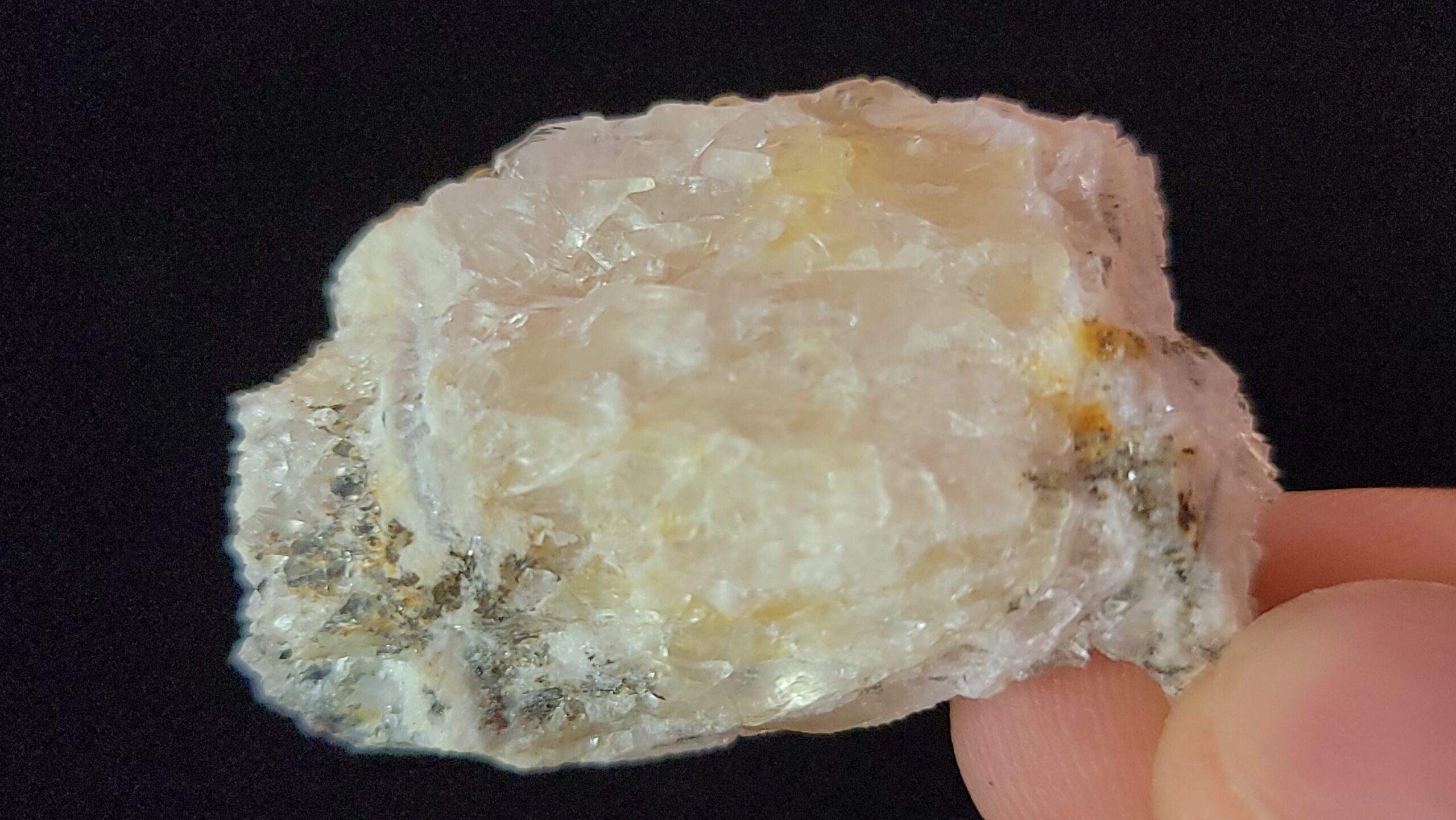



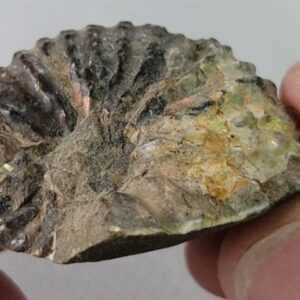

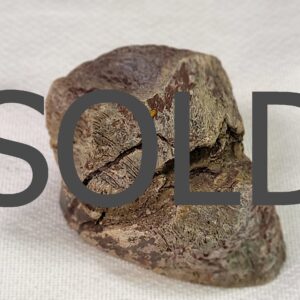
Reviews
There are no reviews yet.